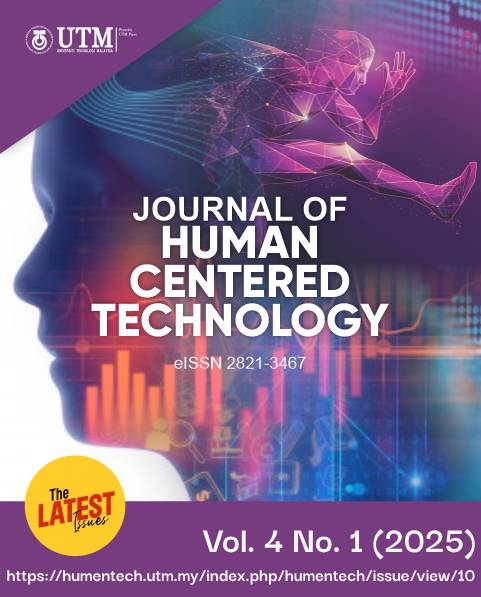Nutritional Characterization of Moringa oleifera as a Potential Equine Feed and Human Application
DOI:
https://doi.org/10.11113/humentech.v4n1.89Keywords:
Moringa oleifera, Moringa pellet, Horse feed, Human applicationAbstract
The demand for high-quality horse feed in Malaysia has led to a reliance on imported products. Locally grown Moringa oleifera is a promising protein source for horse feed and possible human application. Hence, this study aimed to characterize Moringa oleifera as a potential horse feed, projecting into possible human use. In this study, Moringa pellets were formulated to compose of rice bran, molasses, corn meal, palm kernel cake (PKC), calcium carbonate, mineral premix and salt. The formulation was designed based on the nutritional needs of maintenance horses (11% CP and 11 MJ/kg DM ME). The production process involved drying Moringa leaves, weighing of ingredients according to formulation followed by mixing, and pelletizing of the components. The nutritional composition of the Moringa pellets was analyzed following standard Association of Official Analytical Chemists (AOAC). It was found that the Moringa pellets contained 90.4% dry matter (DM), 11.7% crude protein (CP), 9.7% crude fiber (CF), and 4.9% ether extract (EE). The Moringa pellets have met the requirement for maintenance horse. Hence, the use of locally sourced ingredients ensures that the Moringa pellets provide balanced nutrition, supporting the overall health and wellness of horses while reducing dependence on imported feed ingredients. The individual protein and fibers compositions are also useful for human applications such as for topical use and oral consumption. However, further exploration and modification should be done for the purpose of human application.









